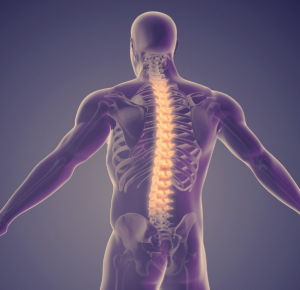
In yogic terms, “alignment” often refers to the precise ways in which practitioners enter into various poses in order to harness the “maximum benefit”. Some may also include that true alignment in yoga connects the body, mind, spirit, and one’s environment through mindful, deliberate practice, and fine tuning. But realistically, how do we develop a comprehensive awareness of these things without the guidance of a yoga instructor? How do we understand spinal alignment in a way that is simple, approachable, and dare I say- intuitive?
How do I use alignment in the classes I teach at Om Namo?
Alignment in yoga encapsulates two umbrellas: functional movement and aesthetic appearance. At Om Namo, I want to amplify my students’ deeper understanding of their organic and human sense of how bodies move, feel, and function with a focus on the spinal column. Thinking about poses as modifications of basic postural movements allows me to simplify cueing, develop a deeper understanding of the students’ bodies, and enter into each asana with clear direction as to how the head, shoulders, hips, and feet move along the spinal column in order to reduce injury risk.
Why is the spine so important for alignment?
The spine is the “anchor” for all joint and limb movements. The planes of movement and body cavities are all connected with and originated at the spine. More often than not, we mindlessly exploit the flexibility of joints in order to compensate for points of tightness or rigidity along the spinal line in pursuit of the aesthetic image of alignment, rather than an internal awareness of how the spine is moving and inviting other limbs into the chain. Spinal misalignment can have negative implications on breathing, can lead to injuries overtime, and prevents the brain from surrendering to the calm, peaceful state many pursue through their yoga practice.
Understanding How to Align Your Spine
The first step to spinal alignment is self-awareness. When we are aware of our own sensations and movement patterns, we can control whether that pattern continues or is interrupted. Stretching the arms overhead while lying down (Good Morning Stretch) is a great way to feel the elongation of the spine while also utilizing the feedback the floor allows us to cue into. The mat is not only to support us with a nice cushion, it also gives us necessary feedback to guide our seated, standing, and inverted poses. Any lying, symmetrical stretch presents an opportunity to feel how the shoulders, neck, abdomen, and hips move along the spinal line. It is also a great way to experiment with micro-movement, bringing awareness to what lifts or connects to the mat with the end goal of alignment: total connection to the mat in body, mind, and spirit.



